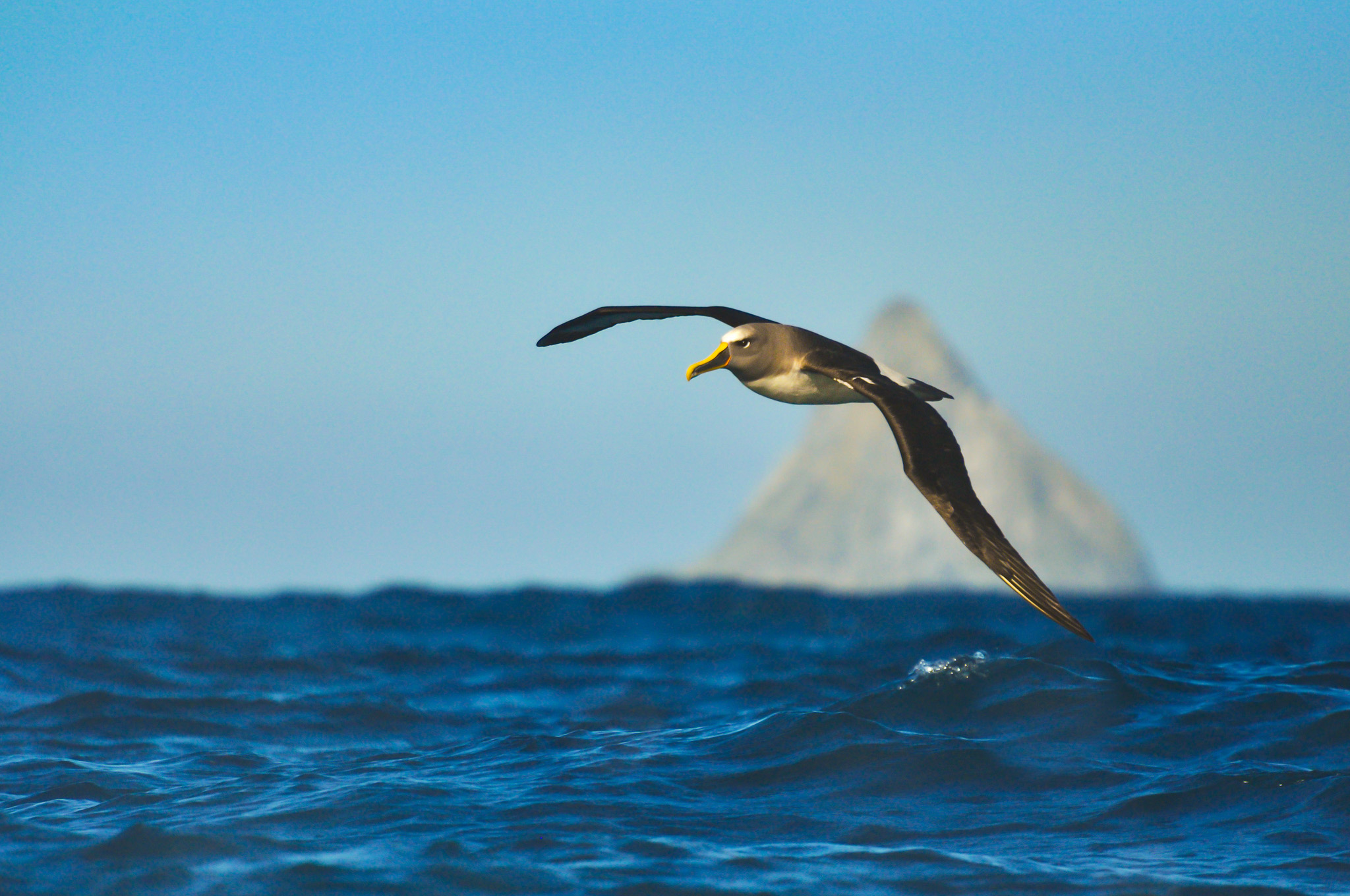 A Buller's Albatross effortlessly soars over the ocean close to the Chatham Islands in New Zealand; photograph by Enzo M. R. Reyes
A Buller's Albatross effortlessly soars over the ocean close to the Chatham Islands in New Zealand; photograph by Enzo M. R. Reyes
The Agreement on the Conservation of Albatrosses and Petrels (ACAP) is excited to announce, “Marine Protected Areas – Safeguarding our Oceans”, as the theme for this year’s World Albatross Day (WAD2024), to be celebrated on 19 June 2024.
Albatrosses are the ultimate ocean wanderers, spending most of their lives at sea traversing vast distances across the globe in search of food such as fish, squid and krill. This year, World Albatross Day will focus on the connection between albatrosses and the ocean, and highlight how Marine Protected Areas (MPAs) can help improve the conservation status of these magnificent birds.
MPAs provide levels of protection for the species and ecosystems located within their defined geographical boundaries through the legal framework that determines the type of economic activity (if any) that can occur within them. They can be designated by governments within their own territorial waters, and now, with the landmark signature of the Agreement under the United Nations Convention on the Law of the Sea on the conservation and sustainable use of marine biological diversity of areas beyond national jurisdiction or 'BBNJ treaty', by 84 nations, the creation of MPAs in waters commonly known as the High Seas will become possible.
The establishment of MPAs can assist in improving the conservation status of albatrosses through the protection of the immediate surrounds of their breeding localities and key regions across their migratory ranges, and through the management of activities permitted within them, such as fishing.
New Zealand’s Near Threatened Buller's Albatross Thalassarche bulleri and the Vulnerable Short-tailed Albatross Phoebastria albatrus have been chosen as the featured species for 2024’s World Albatross Day celebrations.
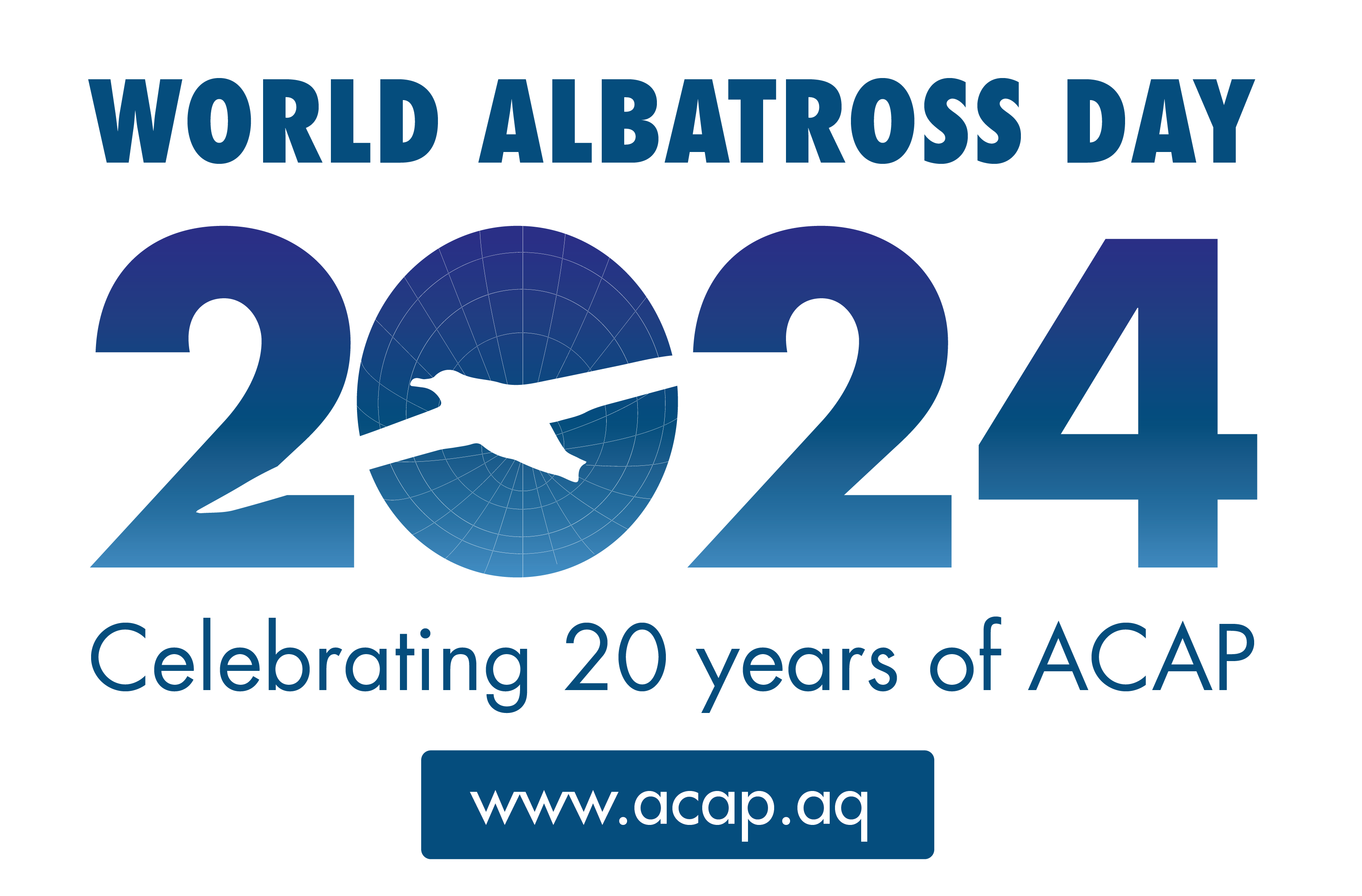
In 2024, ACAP will mark 20 years since coming into force. Over these two decades, the Agreement’s 13 Parties have continually strived to improve the conservation status of its listed albatrosses, petrels and shearwaters.
To acknowledge the Agreement’s 20th year, a commemorative World Albatross Day logo has been designed by South African Graphic Designer, Geoffry Tyler. Geoffry has worked with ACAP previously and is behind the design of the original World Albatross Day logo which has been in use since the inaugural celebration in 2020 under the theme, “Eradicating Island Pests”.
An official World Albatross Day poster in ACAP’s three official languages of English, French and Spanish will be released in the lead up to the event and will be made available at high resolution to download at the ACAP website. New infographics in the ACAP Species series for the two featured albatrosses will also be available.
Artists and Biologists Unite for Nature (ABUN) is once again supporting World Albatross Day with artworks produced by their nature and wildlife artists. Project #47 will commence on 27 January and run for two months until the end of March.
The ocean, which covers more than 70% Earth’s surface, is facing increased pressures from climate change and human activity including, overfishing, deep sea mining, and pollution. The celebration of World Albatross Day on 19 June will be a chance to raise awareness of these incredible birds and put a spotlight on MPAs as one of the tools that can help us to safeguard albatrosses and the wider marine environment, ensuring the rich and biologically diverse array of life sustained by the ocean thrives for generations to come.
25 January 2024

 English
English  Français
Français  Español
Español 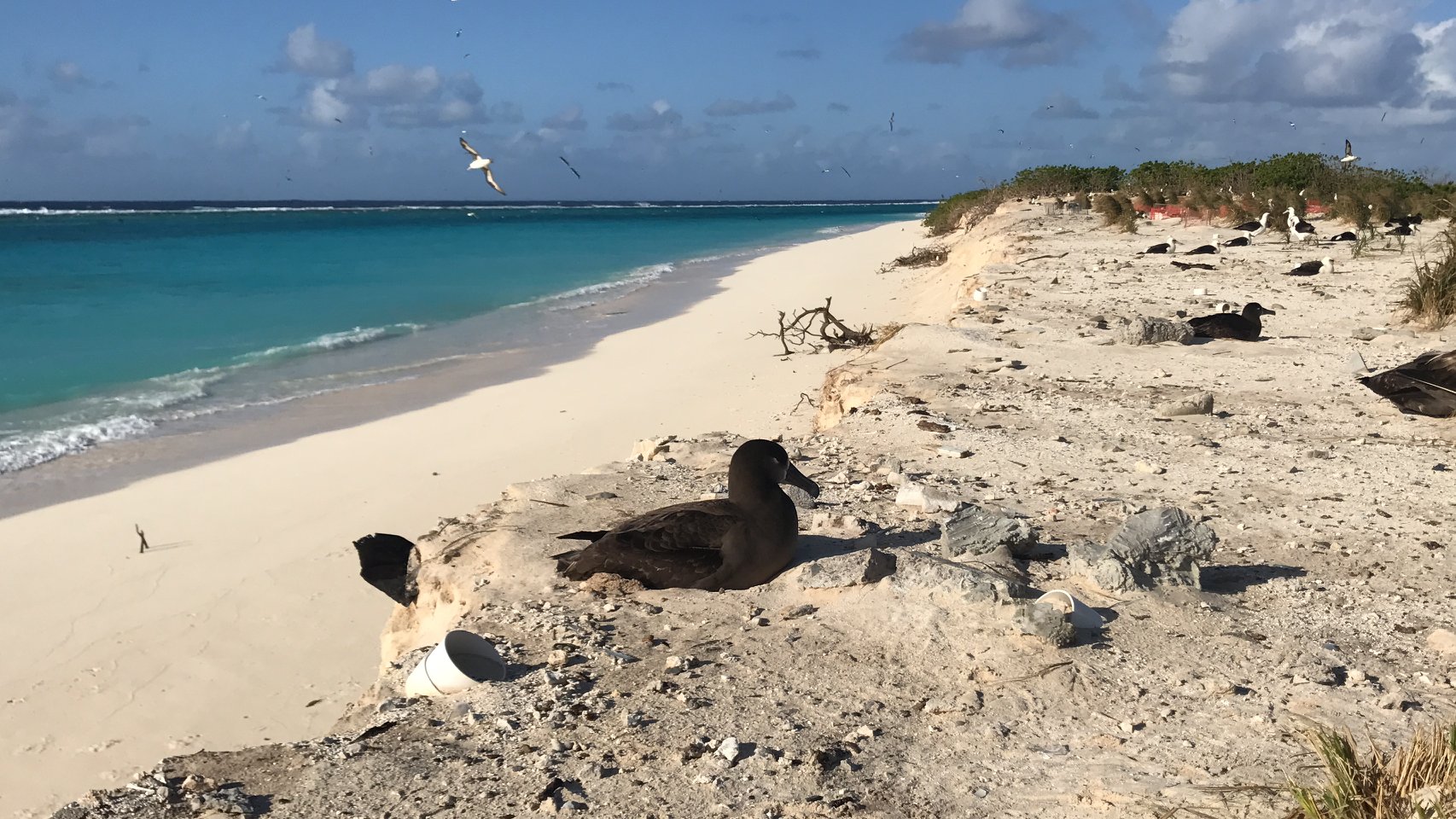 Black-footed Albatrosses nesting on the shores of Midway Atoll, a low-lying Hawaiian island vulnerable to climate change and the catalyst behind the translocation project which is aiming to establish a new colony on Mexico's remote Guadalupe Island. Photograph courtesy of Pacific Rim Conservation
Black-footed Albatrosses nesting on the shores of Midway Atoll, a low-lying Hawaiian island vulnerable to climate change and the catalyst behind the translocation project which is aiming to establish a new colony on Mexico's remote Guadalupe Island. Photograph courtesy of Pacific Rim Conservation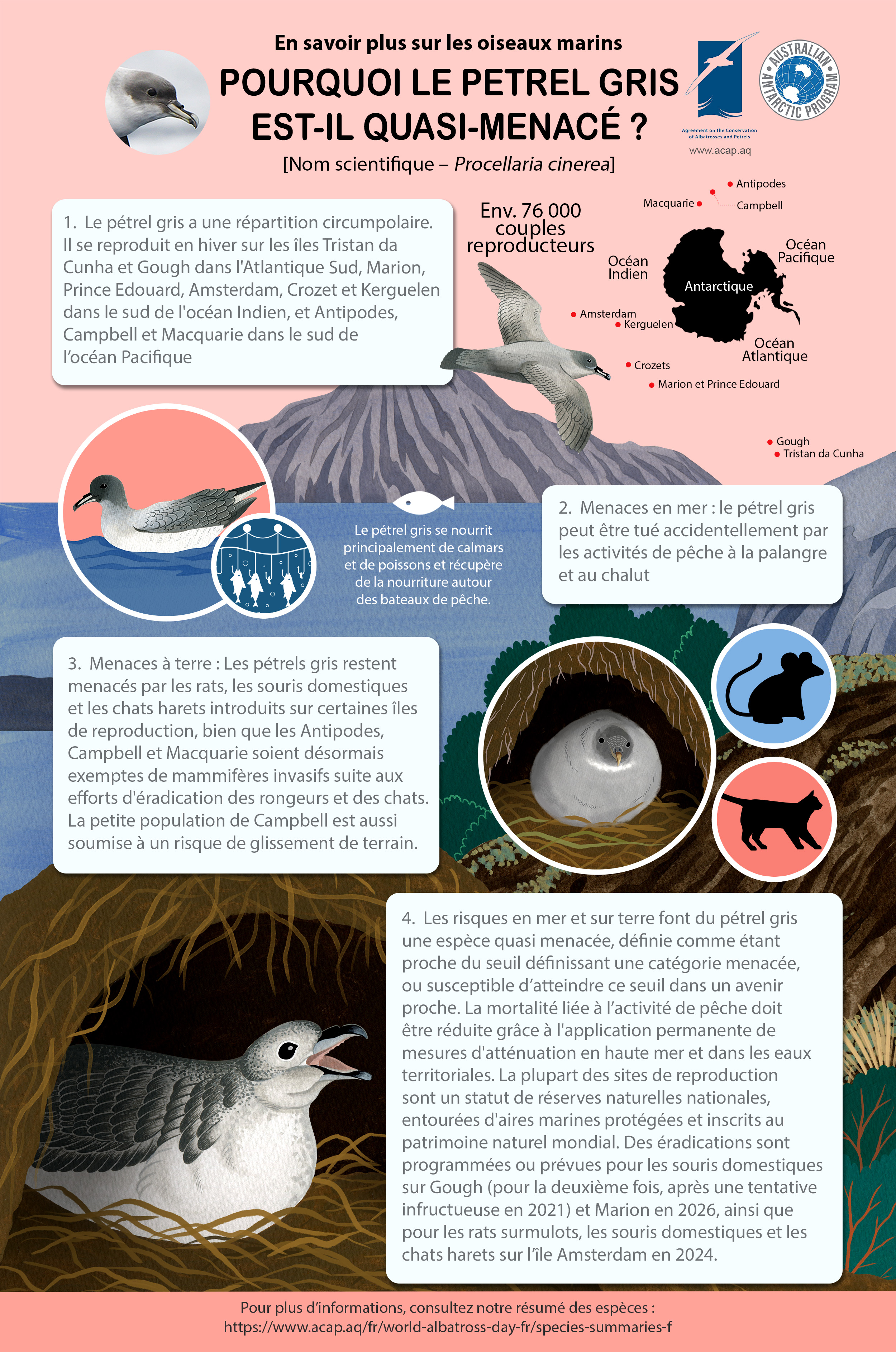
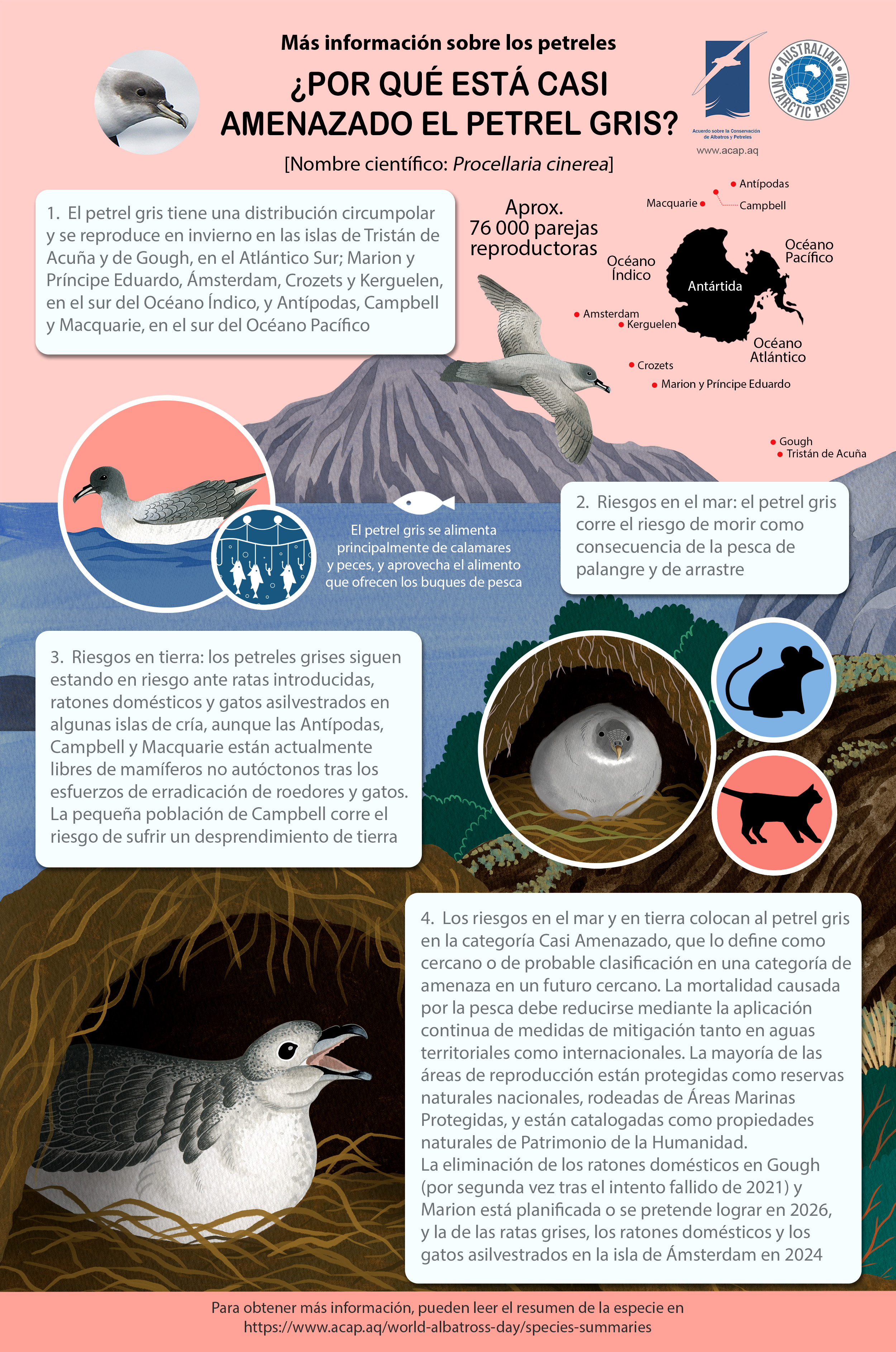
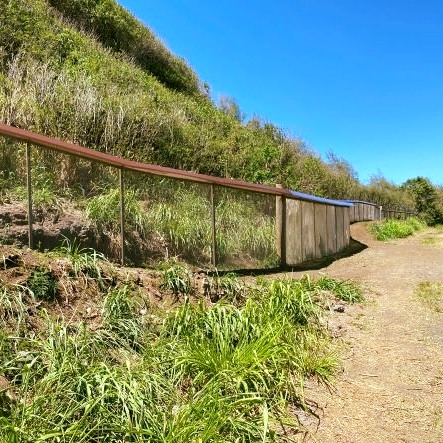
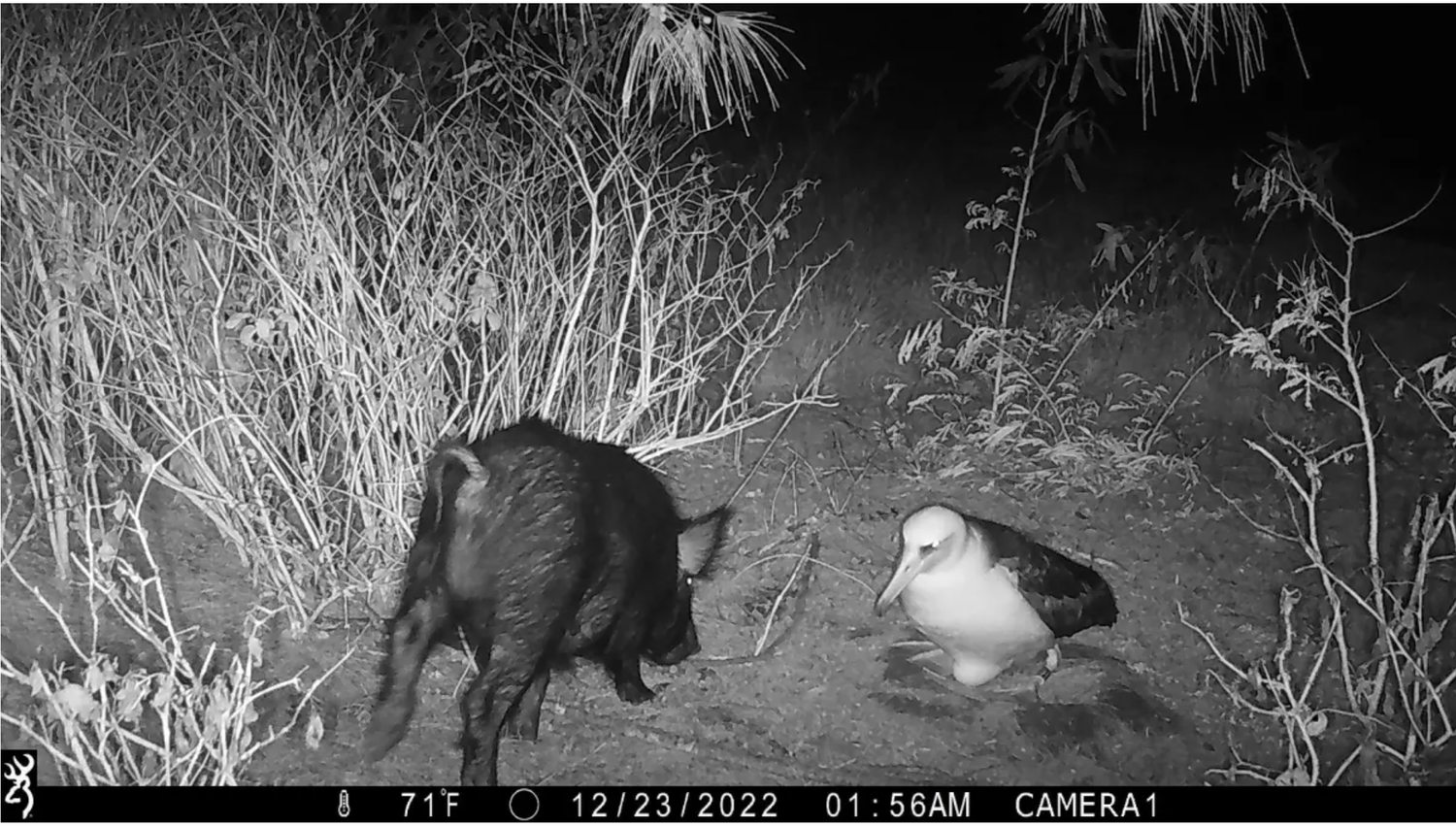
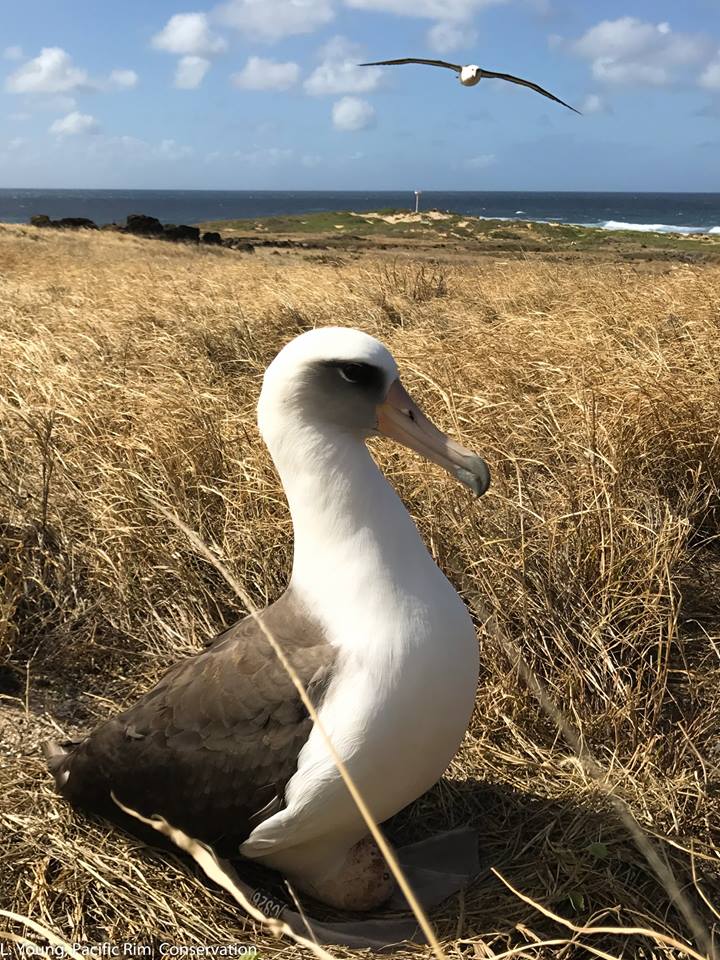
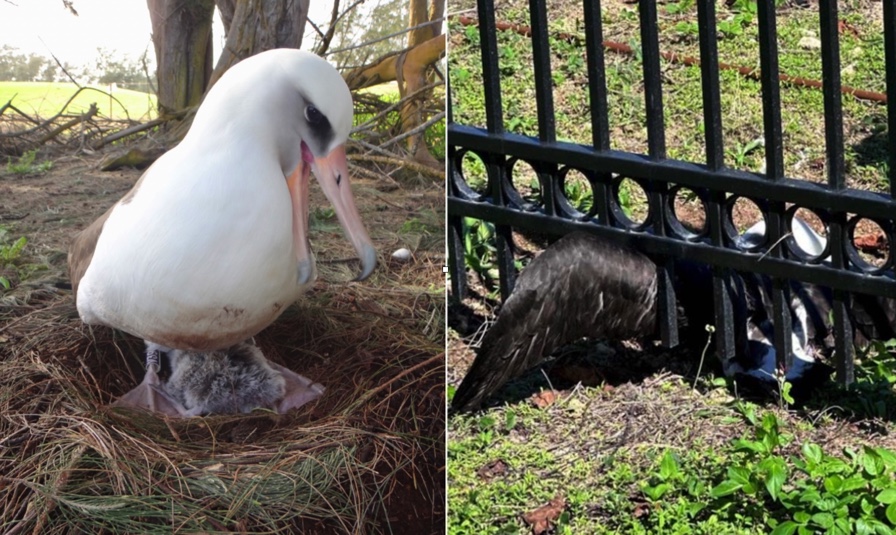 "Hoʻokipa, the first Laysan albatross to return to nesting within an ecological restoration area makai of the Turtle Bay golf course, died last month after getting stuck in an iron fence near her new nest at Marconi Point"
"Hoʻokipa, the first Laysan albatross to return to nesting within an ecological restoration area makai of the Turtle Bay golf course, died last month after getting stuck in an iron fence near her new nest at Marconi Point"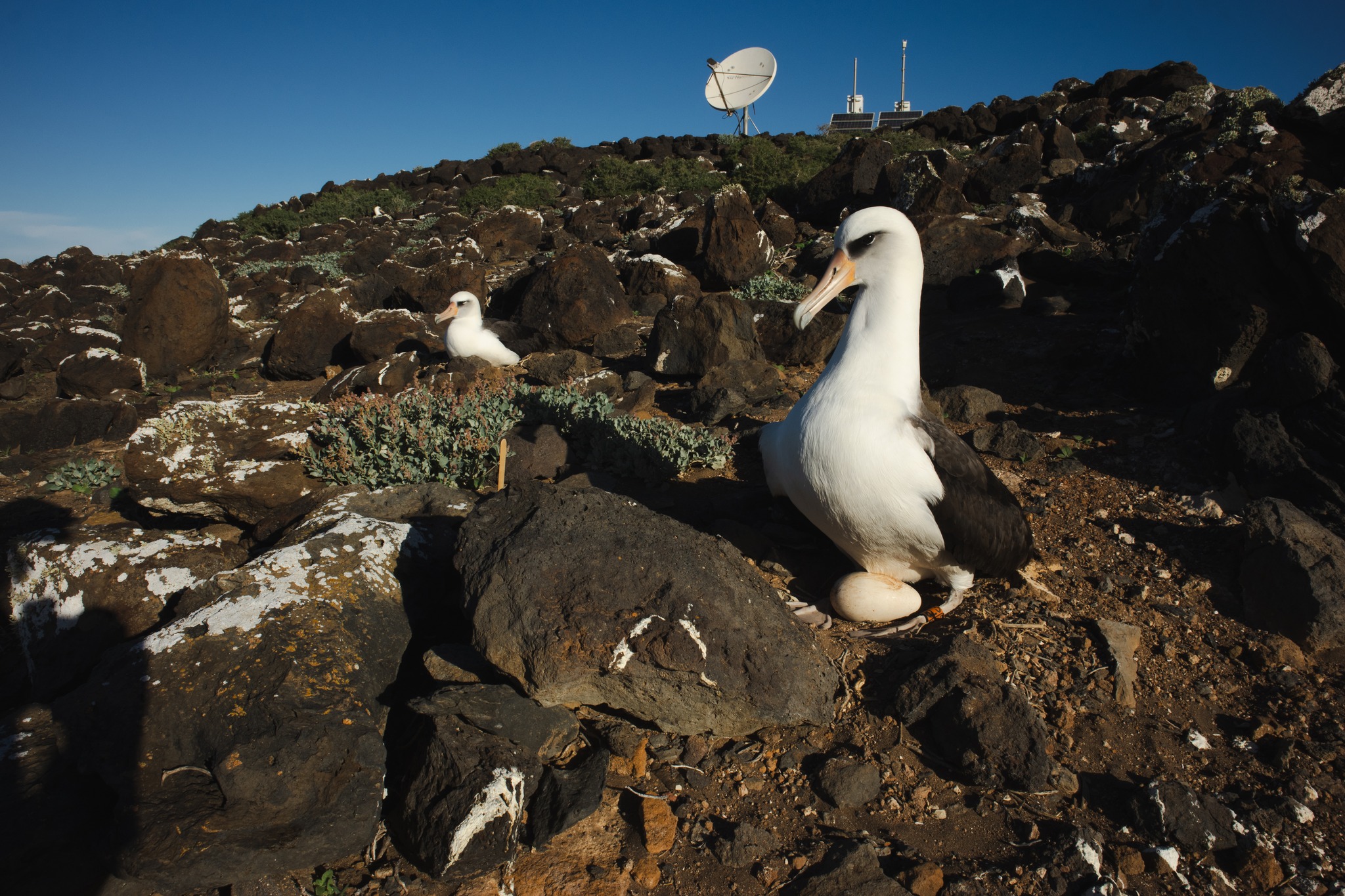 A colour-banded Laysan Albatross rises on its egg on Isla Guadalupe, December 2023, photograph by
A colour-banded Laysan Albatross rises on its egg on Isla Guadalupe, December 2023, photograph by 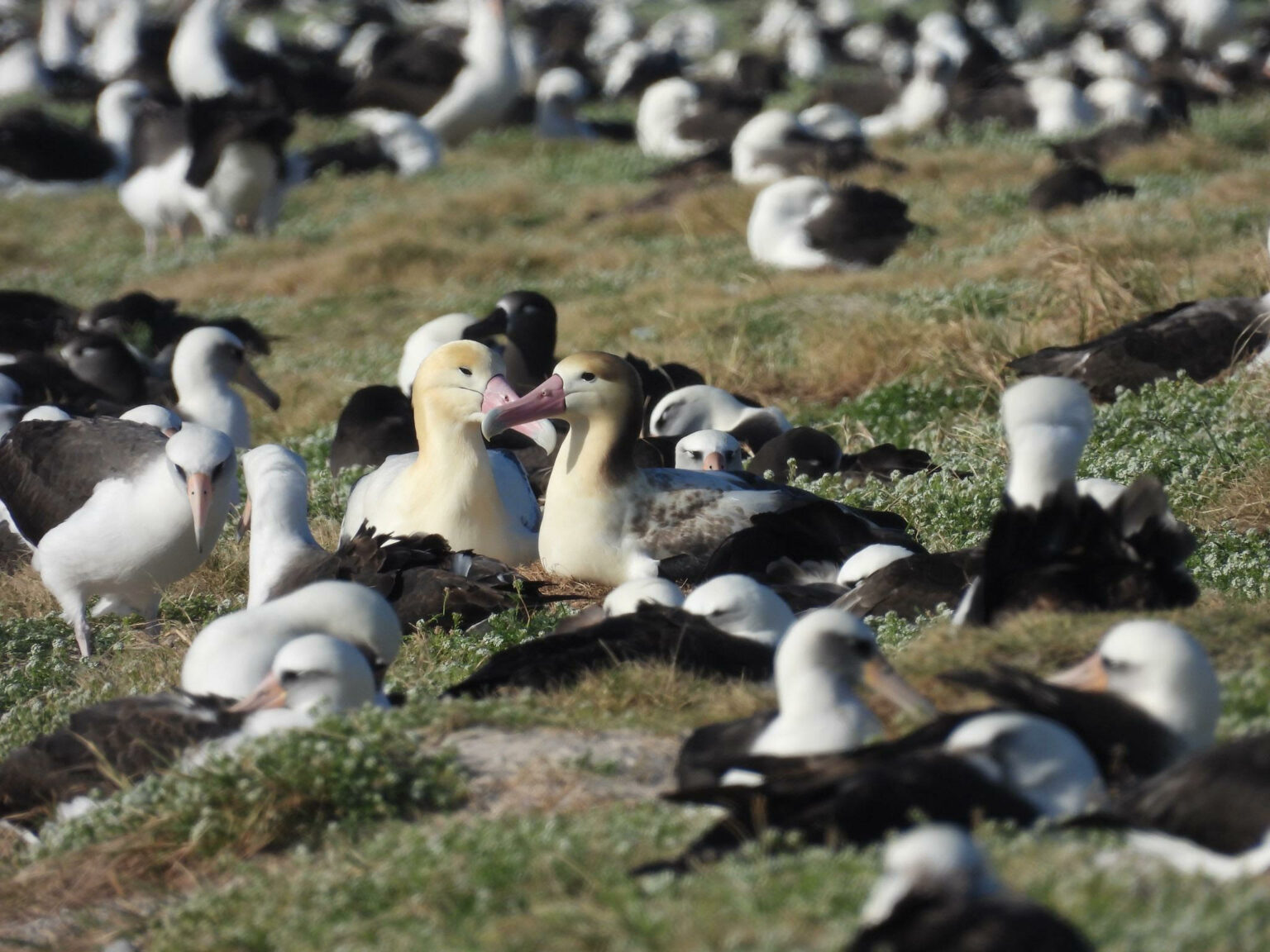 Short-tailed Albatrosses George (left) and Geraldine brood their latest chick on Midway Atoll, 26 December 2023, photograph by Nick Minnich
Short-tailed Albatrosses George (left) and Geraldine brood their latest chick on Midway Atoll, 26 December 2023, photograph by Nick Minnich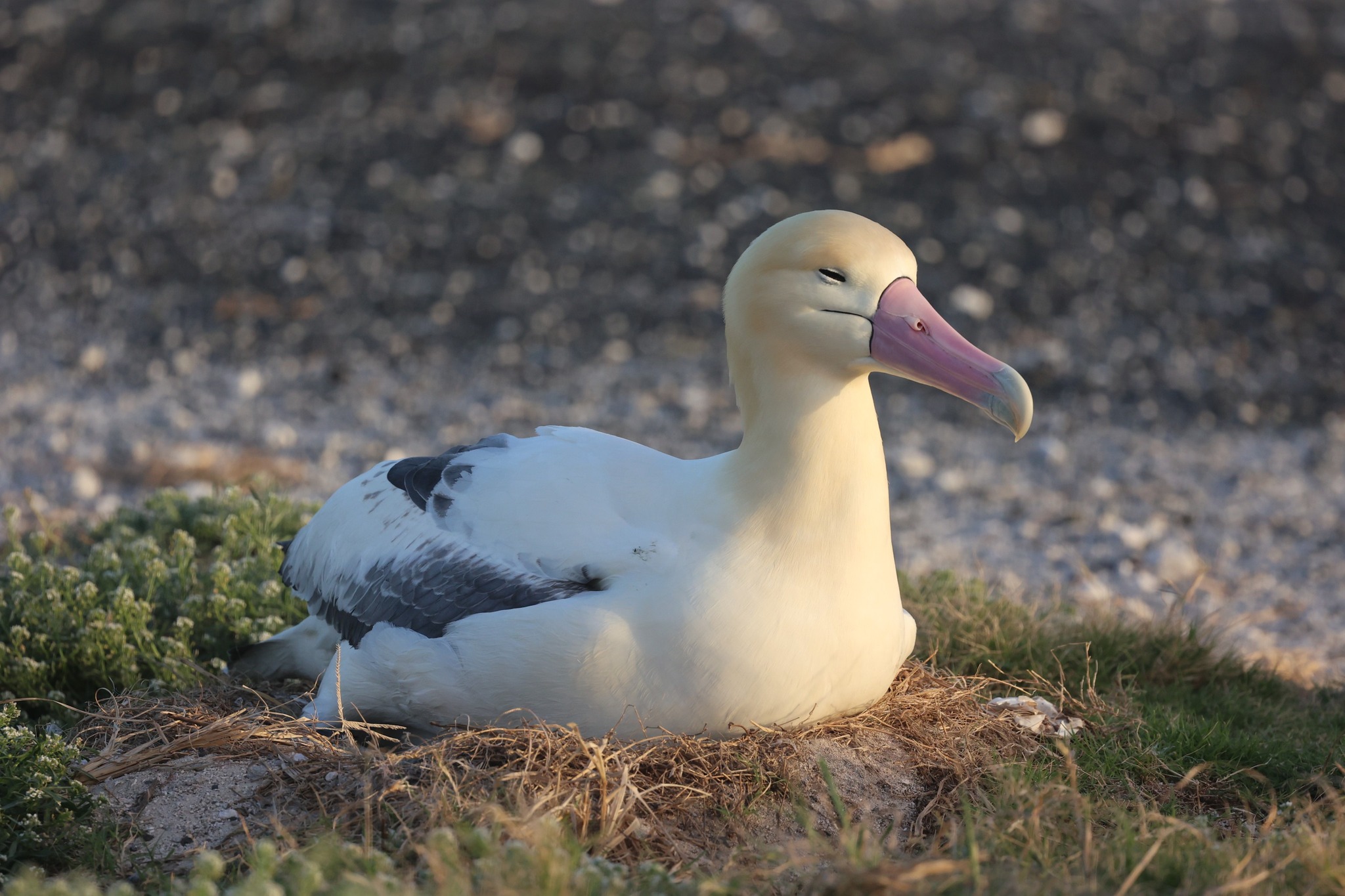
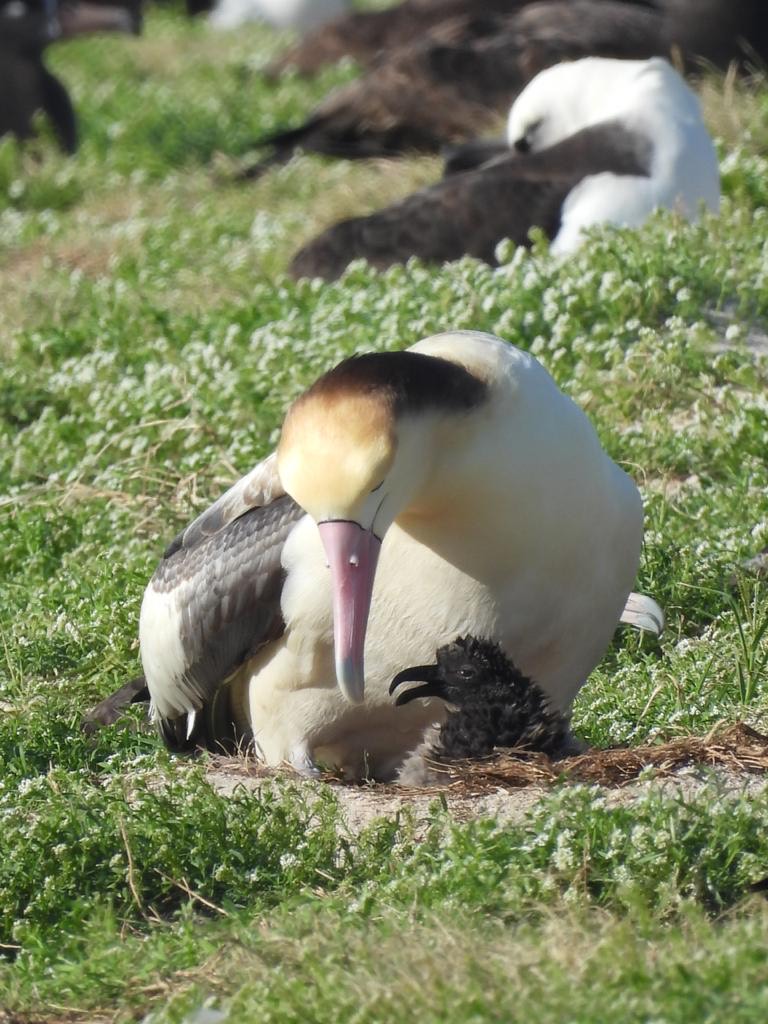 Geraldine feeds her two-week old chick, her fourth, c. 10 January 2024, photograph by
Geraldine feeds her two-week old chick, her fourth, c. 10 January 2024, photograph by 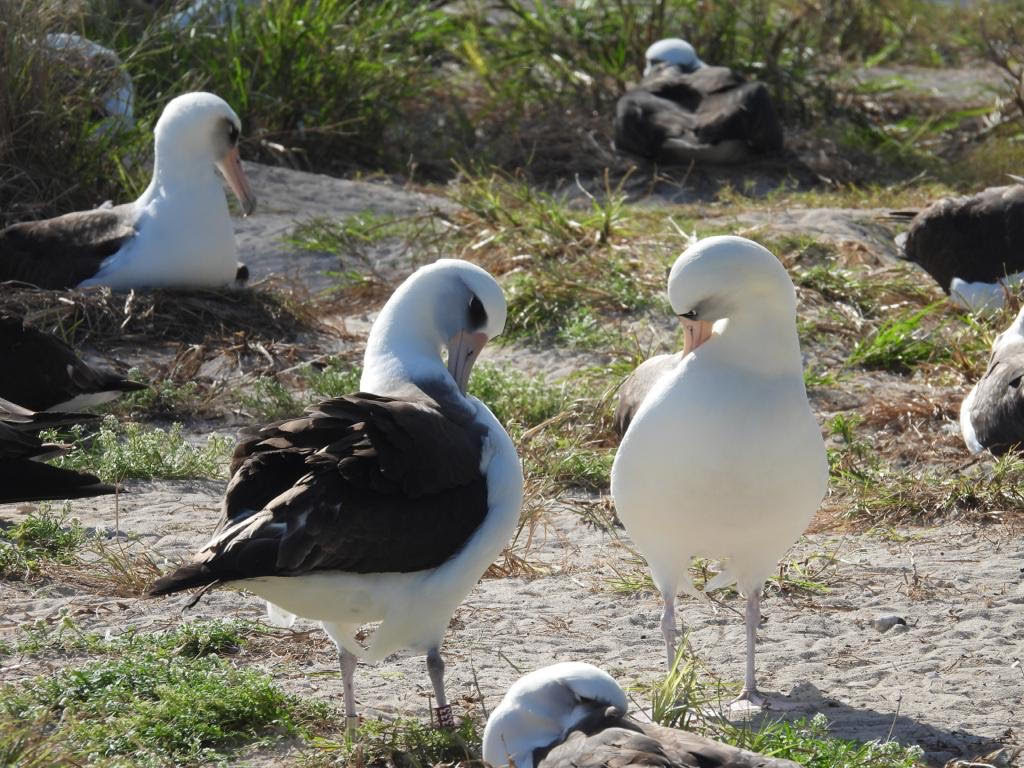 Wisdom (Red Z333, left) with an unbanded male on Midway Atoll, 25 December 2023, photograph by Nick Minnich
Wisdom (Red Z333, left) with an unbanded male on Midway Atoll, 25 December 2023, photograph by Nick Minnich